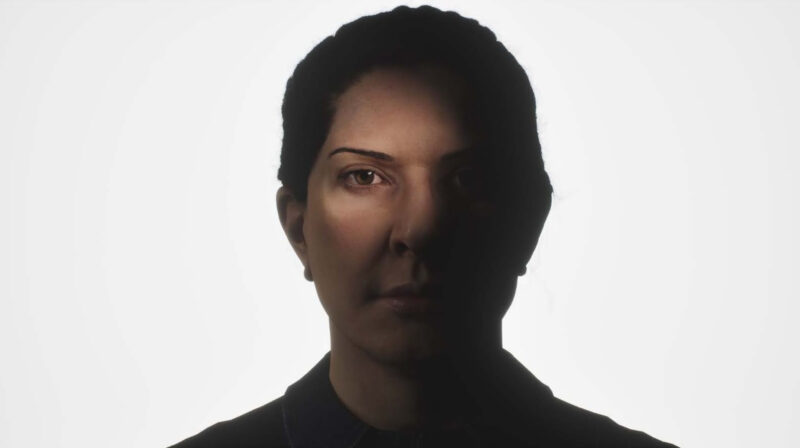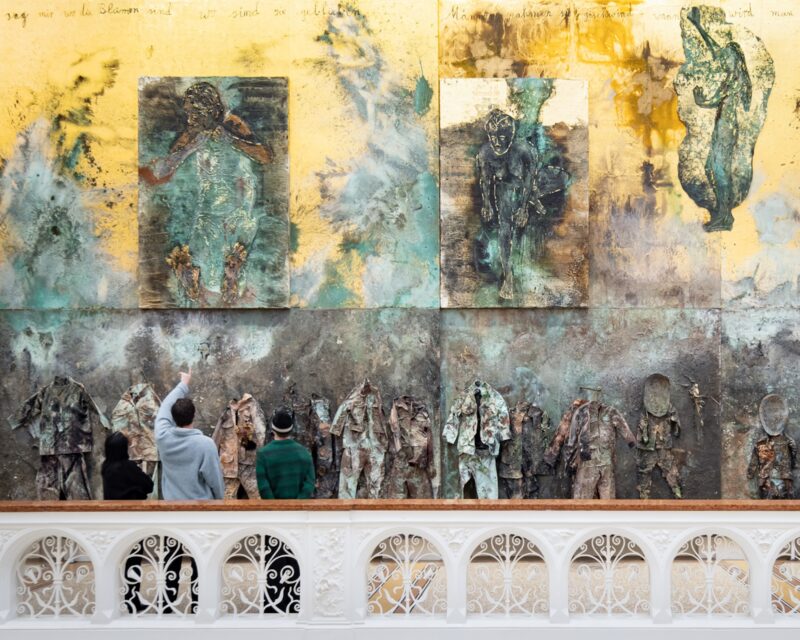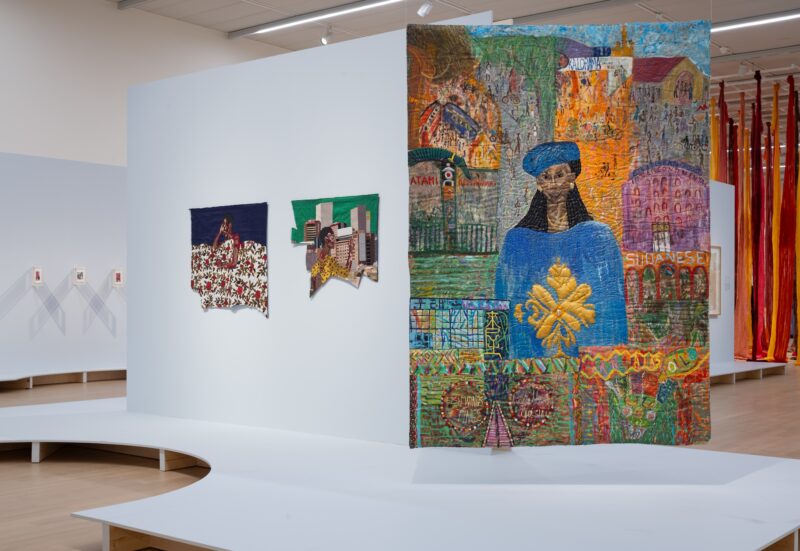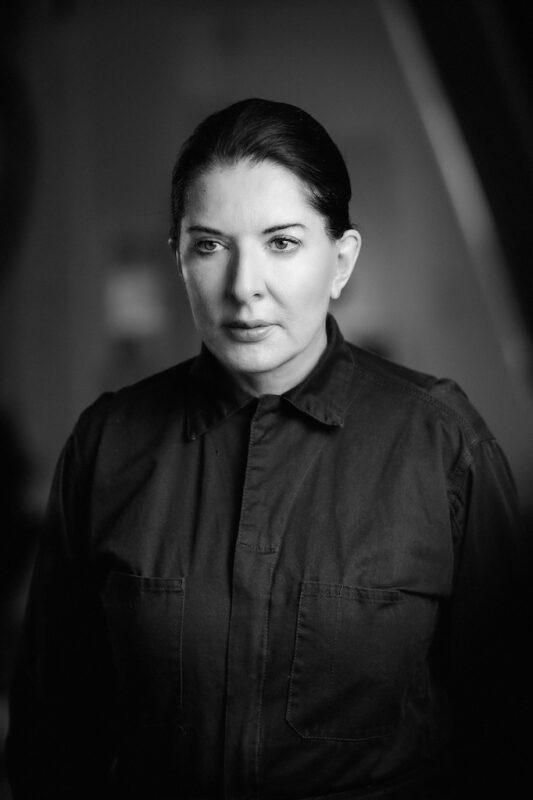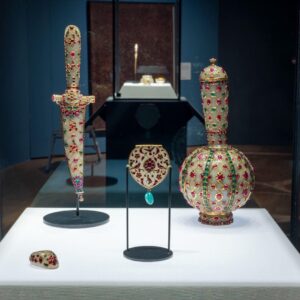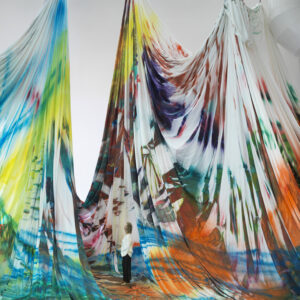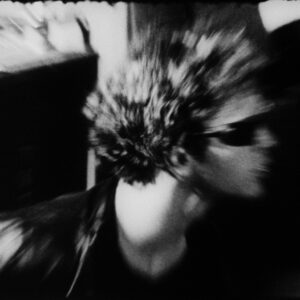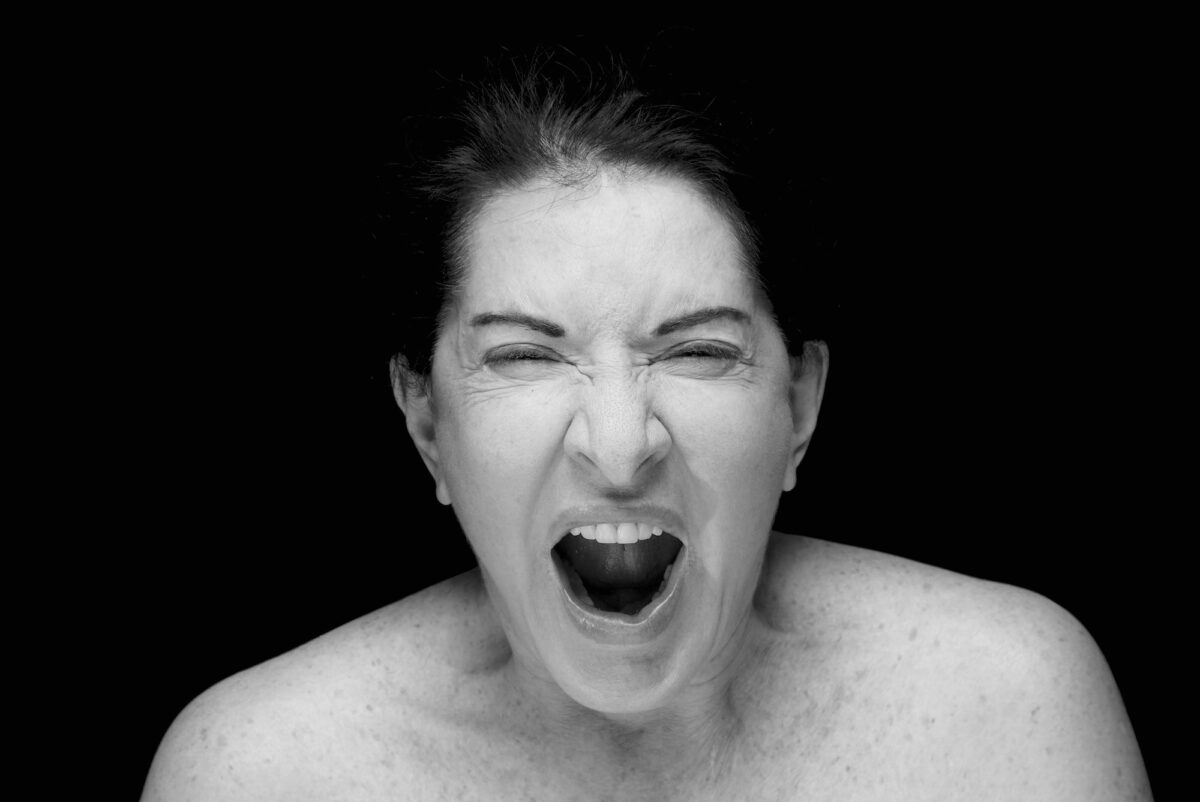
Conceivably, Marina Abramovic has legitimised the confines of bodily capability, faculty and endurance in the practice of performance art. She is known for her provocative works that pushed the boundaries of physical and psychological fortitude. She has been immensely successful and effective in popularising the art form as well. Born in Belgrade in 1946, Ambramovic’s formative years were not entirely unusual for those born and raised in Eastern Europe. She grew up during a tumultuous time, marked by the aftermath of the invasion by Hitler’s Germany and World War II. It was against this backdrop that Abramovic began her career as an artist.

The retrospective shown at the Stedelijk Museum in Amsterdam ( From March 16th to July 14th 2024) encompasses video, photography, sculptures and live performances of four iconic acts that will be staged in the Netherlands for the first time. Art Must Be Beautiful, Artist Must Be Beautiful (1975), Imponderabilia (work with Ulay) (1977), Luminosity (1997) and The House with the Ocean View (2002). As a visitor, you are invited to take part in two performances: Work Relation (work with Ulay) (1978) and Counting the Rice from the Abramovic Method.
The entire impressive exhibition positions itself in relation to Abramovic’s 50 year career. Other than the video projections of her performing past works, performers are recreating a few of these on a schedule. The artist’s remote presence is everywhere. The path in the basement of the Stedelijk Museum comes across as an artist’s discerning life account in different chapters: growing up in communist Yugoslavia, Abramovi?’s extreme performances, coming to Amsterdam, her relationship with Ulay, her aspiration for sanctity. There are plenty of surprises and spectacles along the way, such as the large light gate sculpture that has been quite skillfully placed at the entrance.
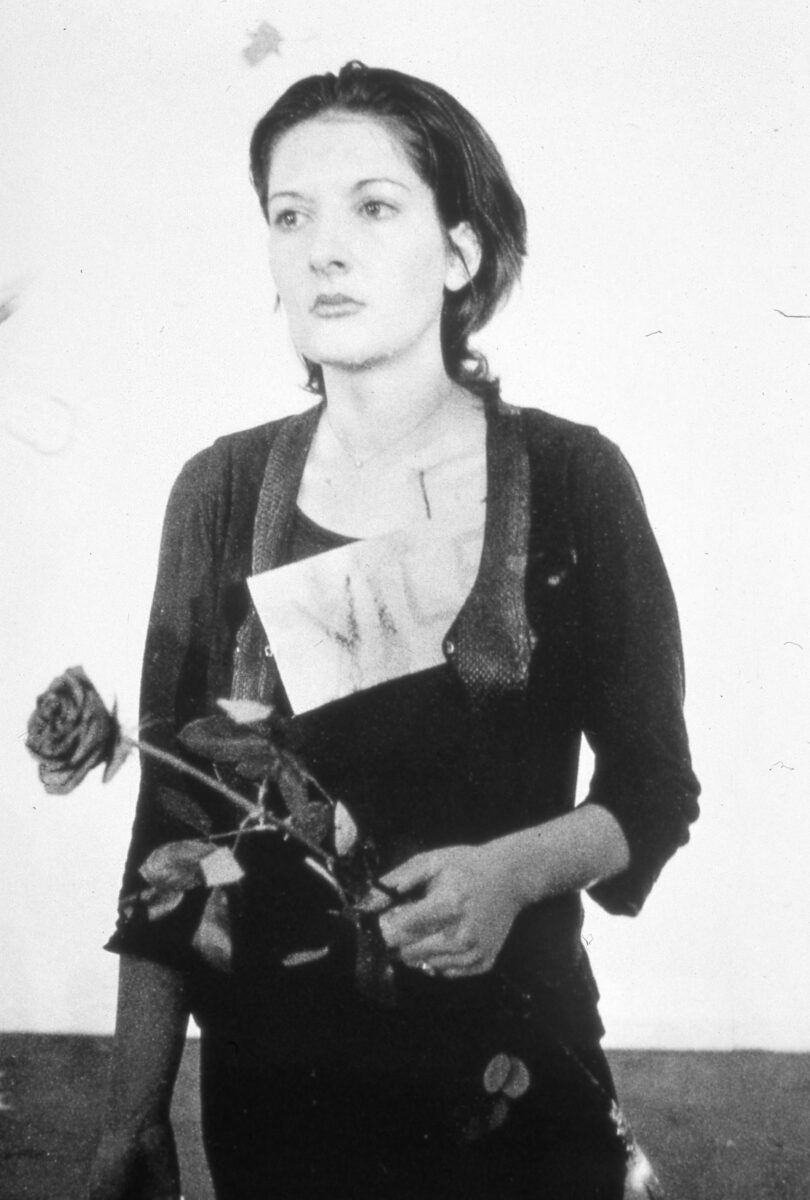
In her most famous performance, Rythym 0 of 1974, Abramovic presented an array of objects to the audience and participants, inviting them to do as they please. The items she chose either fell into the category of pleasure or pain. Some of the items in the pleasure group incorporated perfume, flowers, and lipstick. Some of the more dangerous objects included a gun, a bullet, an axe, a scalpel, and scissors. The capableness here is a key part of the performance because the objects, when laid out in front of the audience, are harmless. Yet, when put to use by the audience members, they have the potential to be instruments of violence. A replica table with similar objects is laid out at the Stedelijk Museum.
Each performance was above all an experiment, as is evident from the 1975 Role Exchange project, which took place in Amsterdam. Abramovic then traded places with sex worker Suze for several hours. She went to the opening of Abramovic’s exhibition, while Abramovic tried to do Suze’s work in the Red Light District, which she found terrifying. It was the first work of art she made in Amsterdam, where she would live for thirty years, and it therefore rightly receives a lot of attention in the exhibition.
Her old performances can also be effectively brought to life in other ways, as is evident at the Stedelijk. The Artist is Present, for example, can be experienced wonderfully well through a combination of video recordings of Abramovic’s face, and in contrast, videos of the affected faces of MoMA visitors.

In 1975, Abramovic and Uwe F.Laysiepen (Ulay) met in Amsterdam. They collaborated on the series of performances Relation Works. These works are unpretentious to an astonishing degree while having multifaceted implications. In Rest-Energy, 1980, Abramovic held a bow, Ulay the arrow, notched to the string and aimed at her heart; both leaned back in a comfortable tension and stood motionless. In Relation in Time, 1977, the two sat motionless back to back for 16 hours, tied together by their hair.
In lmponderabilia, Ulay and Abramovic stood facing each other, naked, in the narrow entrance to the museum. First realised in June 1977 in the Museum of Modern Art in Bologna, Ambramovic and Ulay rebuilt the entrance architecture of the museum by adding pillars which accomplished a constricted entryway, and stood face to face completely naked. By creating this restricted entrance the audience had only one option for entering, to squeeze between the two. Every visitor had to brush between their bodies sideways and, in order to do so, had first to decide which of them to face. At the Stedelijk Museum, other performers re-enact this piece. Imponderabilia works on the affiliation between the performers and the public. It is a shared space and the visitors become the crucial component in facilitating the performance which is contingent on their participation.
Abramovic perseveres, and she has created an incredible legacy. Over the eras, the now 76-year-old “grandmother of performance art” has aroused and fascinated audiences.
Marina Abramovic-Jul 14th, 2024, Stedelijk Museum
The exhibition Marina Abramovi? is organised by the Stedelijk Museum Amsterdam and the Royal Academy of Arts, London. The exhibition is curated by Karen Archey and Nina Folkersma at the Stedelijk Museum Amsterdam, and Andrea Tarsia at the Royal Academy of Arts, London.
The exhibition is generously supported by Art Mentor Foundation Lucerne, the Blockbusterfonds, the benefactors of the Marina Abramovi? Circle, Fonds 21 and the benefactors of the Stedelijk Museum Fonds
